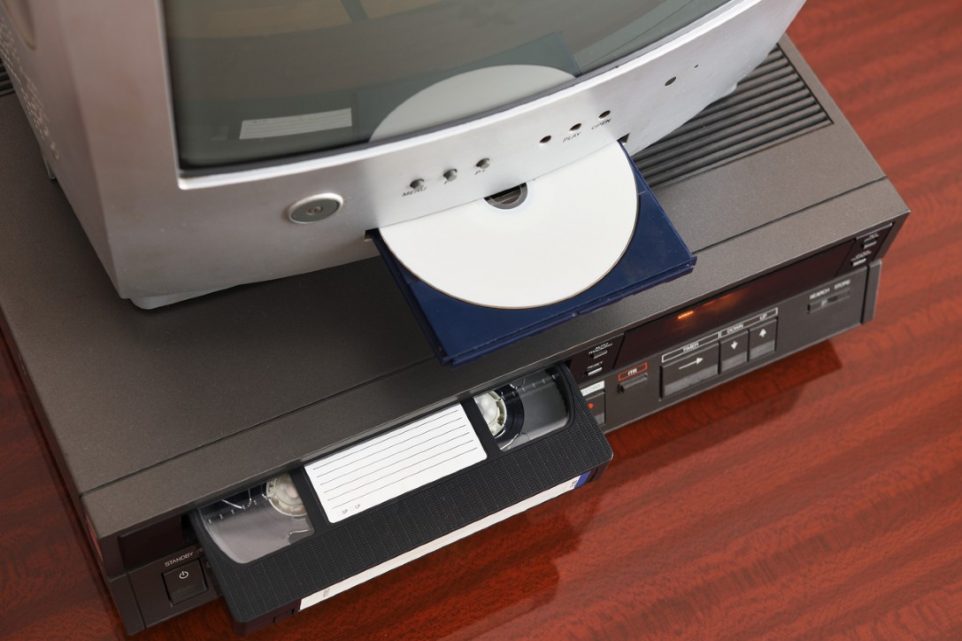How to Hook a DVD Player to a TV With or Without an HDMI Cable

There’s nothing quite like enjoying your favorite movies from the comfort of your own home. Whether you’re revisiting a classic or catching up on the latest blockbuster, setting up a DVD player can enhance your viewing experience significantly. Here’s how you can connect a DVD player to your TV, with or without an HDMI cable.
Getting Started
Initial Setup: Before you dive into the cables and connections, start by placing your DVD player on a shelf near your TV. It’s important to ensure the DVD player has enough space for ventilation since it has a motor that generates heat.
Safety First: Always unplug your TV and DVD player from the power source before connecting them. This precaution prevents any accidental shocks and protects your equipment.
Connecting With Cables
Option 1: HDMI Connection
If both your DVD player and TV have HDMI ports, use an HDMI cable for the connection. Here’s how:
- Connect the Cable: Plug one end of the HDMI cable into the HDMI OUT port on your DVD player. Connect the other end to an HDMI IN port on your TV.
- Power Up: Once securely connected, plug in and turn on both your TV and DVD player.
- Set the Input: Use your TV remote to switch to the correct HDMI input, like HDMI 1 or HDMI 2, depending on which port you used.
Option 2: Composite A/V Cables (Red, White, Yellow)
If your devices do not support HDMI, you can use composite A/V cables.
- Connect the Cables: Attach the yellow (video) cable to the yellow port on both your TV and DVD player. Then, connect the red and white (audio) cables to the corresponding ports.
- Power and Play: After connecting, power up your devices and select the appropriate input on your TV, often labeled as “Composite” or “AV”.
Option 3: Component Cables
For a slightly better quality than composite, if your TV and DVD player support it, use component cables.
- Cable Connection: Connect the red, green, and blue cables for video and red and white for audio between your TV and DVD player.
- Activate the Devices: Power on both devices and switch your TV to the “Component” input.
Option 4: SCART Connections (Primarily in Europe)
If available, SCART can be an alternative for older TVs and DVD players in Europe.
- Connect the SCART Cable: Plug one end into the SCART port on your DVD player and the other end into your TV.
- Turn on and Select Input: Power the devices and select the SCART input on your TV.
Troubleshooting and FAQs
No HDMI?
If your DVD player or TV lacks HDMI ports, consider using composite or component cables based on what your TV accepts.
Adjusting Settings
Once connected, you might need to tweak the display or audio settings on your TV for optimal playback.
Testing the Setup
Always test the setup with a DVD after connecting to ensure everything is working smoothly. If there’s no video or sound, double-check your connections and the selected input on your TV.
Your Trust, Our Core Commitment
At Rising Tech, earning and maintaining your trust is the cornerstone of our mission. We're dedicated to transparency, impartiality, and the relentless pursuit of truth in every article, review, and recommendation we publish. Our commitment to these principles ensures that you, our valued reader, are always equipped with reliable and unbiased information. Let us be your trusted guide in the ever-evolving world of technology.